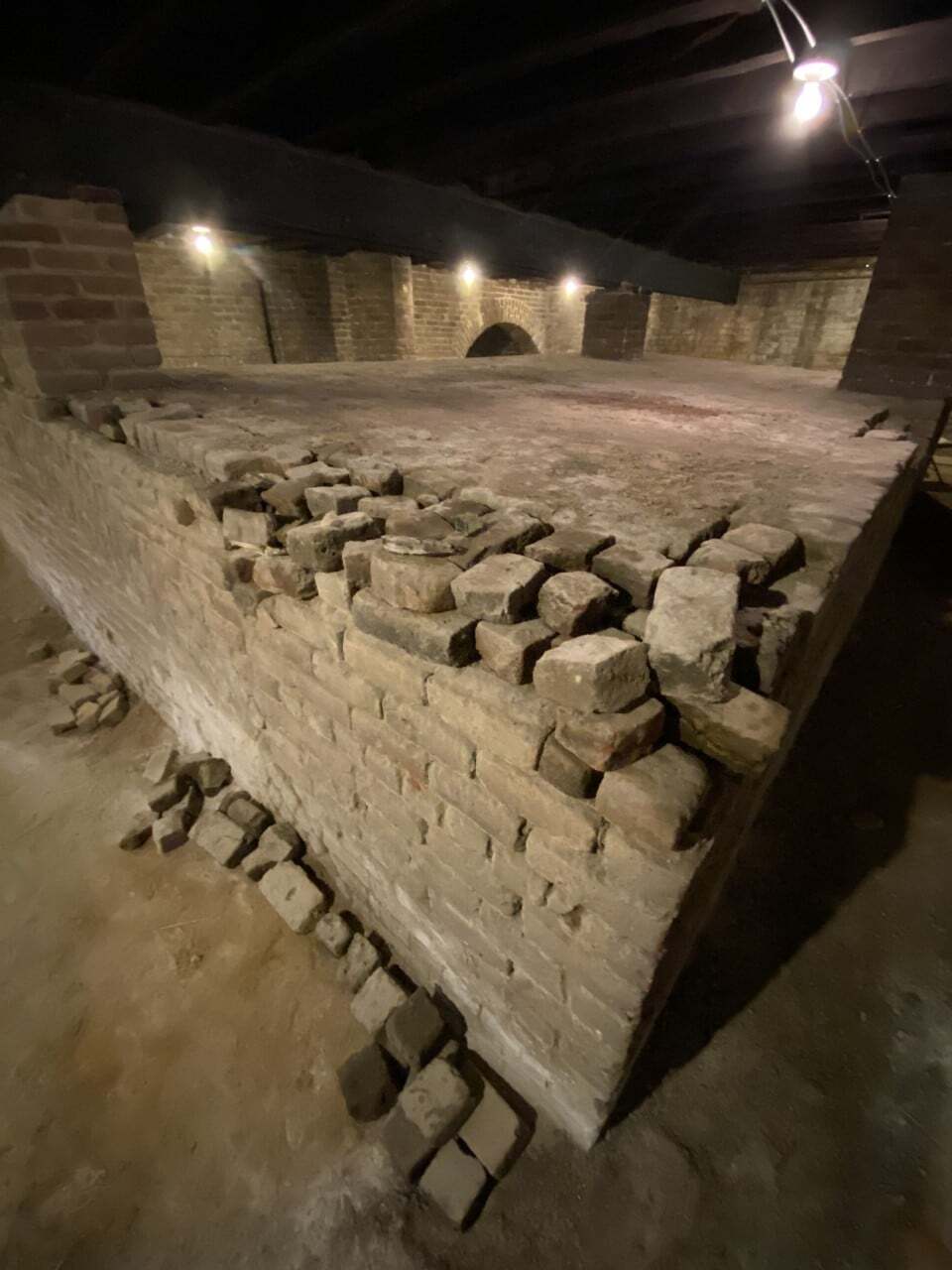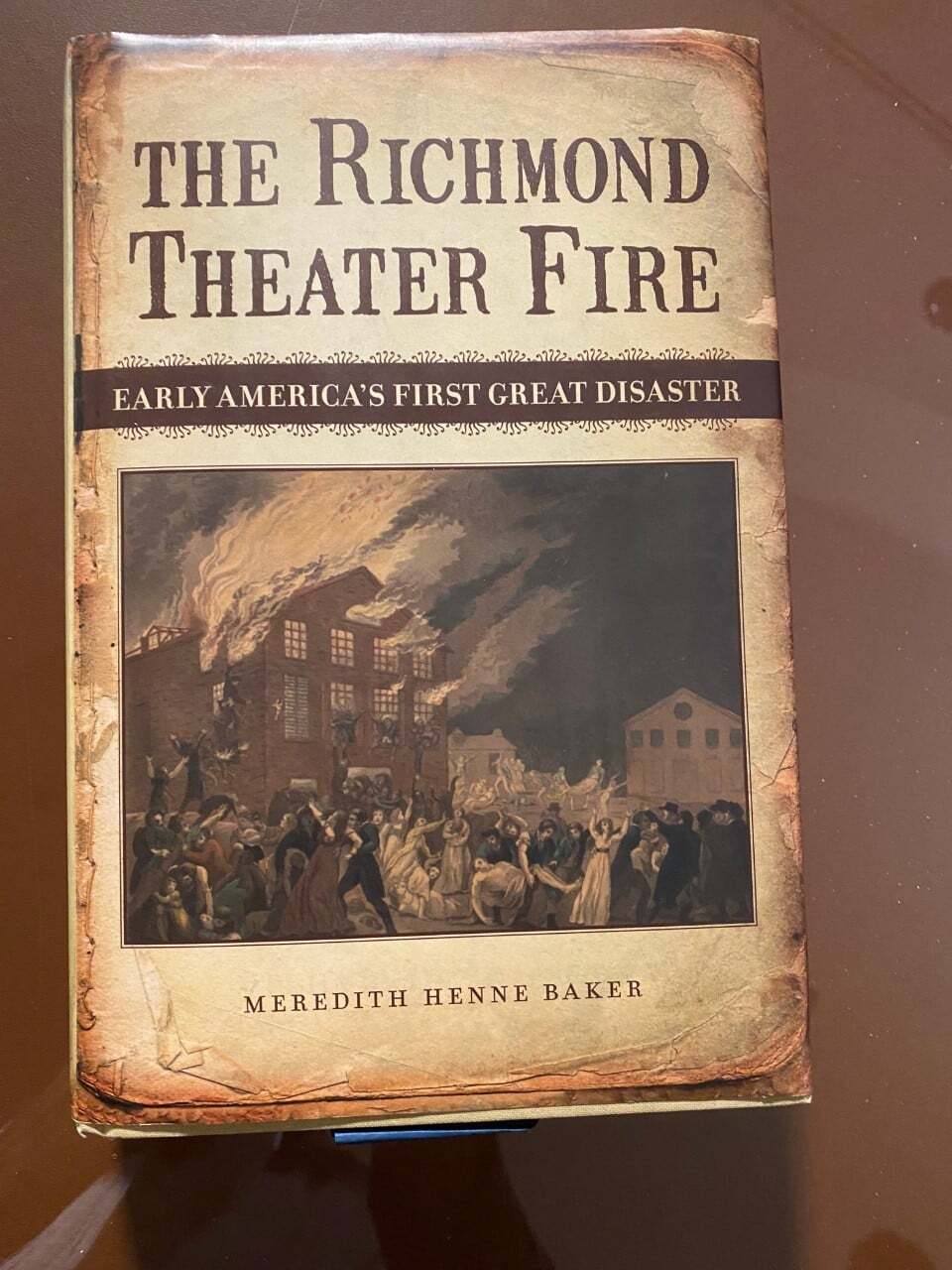RICHMOND, Va. -- Monumental Church in Downtown Richmond will tell you their building has been watching over East Broad Street for more than two centuries.
“I don’t think I’ve been in any church like this,” said Danielle Worthing Porter with Historic Richmond. “Honestly, I don’t think anyone driving by knows what happened on this site. I think this site is key to Richmond’s history and our early history.”
But the reason Monumental was built overshadows the architecture.
“What happened on this site that night was one of the greatest tragedies the city had ever experienced,” Richmond Magazine Senior Writer Harry Kollatz, Jr. said.
Kollatz said what occurred on Dec. 26 at the site of Monumental Church is a sinister tale that still reverberates over the decades.
In the early 19th century, Richmond had a reputation for debauchery.
Historian Meredith Henne Baker said the Richmond Theatre attracted large audiences.
“Lots of gambling. Best parties. Best Dancers," said Meredith. “The theater was part of the entertainment scene. It was wildly popular.”
On the night after Christmas in 1811, an over-capacity crowd of 600 jammed into the theater for a play. The audience a cross-section of Richmond, including Virginia’s new Governor George Smith.

“It was Black and white. Free and enslaved. Wealthy and middling class,” described Kollatz.
But during a scene change, the night’s revelry took a swift and fatal turn.
“So a stagehand lifts the candles up into the fly, but the candles aren’t extinguished,” explained Meredith.
Part of the set in the rafters caught fire.
“Pieces of scene start flaking down like snowflakes. It is pretty chilling,” said Meredith.
Performers screamed dire warnings.
“The actor on stage is gesturing saying ‘there is a fire!’ People are just watching him because they don’t know this isn’t part of the show,” said Meredith. “No. No. There was never any hope this fire would be put out.”
Flickering flames erupted into an inferno. People tried pushing and clawing their way out.
“What several people mention is how quickly the place goes black,” reflected Meredith.
Doors that open inward and windows nailed shut created a death trap.
“You can see people attempting to escape out the windows. Dropping from the windows some headfirst. Some by their feet,” described Meredith.

“The balcony collapsed, trapping many underneath it,” said Kollatz. “The exits were clogged and it was an enormous horror.”
“I think it would have been a truly hellacious scene,” said Meredith. “Horrible noises. Desperation as hundreds try to escape from the building.”
Using first-hand accounts Meredith pieced together a timeline that awful night for her book "The Richmond Theatre Fire."
“We have reports of people who froze. Who couldn’t move and wouldn’t leave despite the building burning around them,” said Meredith.
During the calamity, Dr. James McCaw, who was trapped inside, and Gilbert Hunt, an enslaved blacksmith who ran to the scene, rose to the occasion.

“They start lowering women from the windows. The upstairs windows,” said Kollatz.
While many fled, the two strangers worked in tandem.
“Once McCaw breaks the window open, he sees Gilbert Hunt and they set up a relay and end up saving about a dozen women until Dr. McCaw was forced to jump when he feels the flames at his back,” said Meredith.
Hunt and McCaw would forever be known as heroes of the Richmond Theatre Fire.
“We don’t know the names of the women they saved. There are probably thousands of people walking around today who owe their lives to those two men on that night,” said Kollatz.
Their brave actions are one of the lone bright spots during the disaster.
“The work that Gilbert Hunt and Dr. McCaw does that night stands out,” said Meredith.
But what was left was an unimaginable landscape.
“It was the largest urban tragedy to occur in the United States at that time, so it was akin to that days 9/11,” said Danielle.
More than 70 people perish. Teenagers, entire families, and Governor Smith.
“They created two giant mahogany coffins and buried the bodies together. Male, Female. Black, White. Enslaved free. Everyone went in the coffins together,” said Meredith.
Danielle said Monumental Church was built on top of the final resting place.

“I try to be very respectful when I come down here,” said Danielle. “So we are at Ground Zero. This was the front yard of the Theatre.”
When it opened in 1814, Monumental Church served as a place of worship and a place to mourn.
“This is the crypt, and this is where 71 of the 72 victims of the theater fire are buried,” described Danielle.
This sacred ground is rarely open to the public.
“We are stewards of this site of the crypt, of the building, and the site as a whole,” said Danielle.
Meredith said for a decade following the fire, leaders banned stage performances in Richmond.
“Theatre wasn’t the problem. The building was the problem,” said Meredith.
As we approach the 210th anniversary, Meredith shudders to think the victims of the Richmond Theatre Fire have died in vain.
“Many disasters we encounter are preventable, and I hope that encourages people to think deeply about what sort of meaningful activities can we do to prevent these things from happening again over and over in the future.”

Meredith’s book “The Richmond Theatre Fire: Early America’s First Great Disaster” will be released in paperback soon.
Watch for Wayne Covil's stories on CBS 6 News and WTVR.com. If you know someone Wayne should profile, email him wayne.covil@wtvr.com.
Find unique, award-winning stories that celebrate voices in our community on CBS 6 News.










